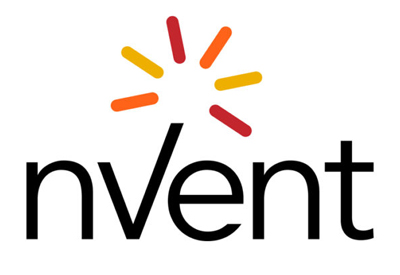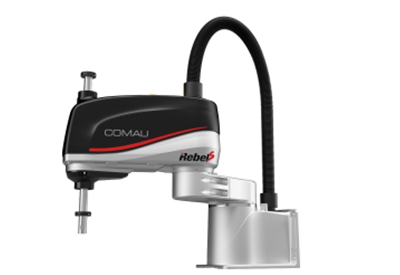Pilz: Revision of Standards ISO 13849 and IEC 62061

February 21, 2023
Both standards had to be updated to continue to represent the “state of the art”. The latest edition of IEC 62061 was published on 22 March 2021. ISO 13849 has reached FDIS status; that means that the content can no longer be changed. The impetus to revise both standards stemmed not just from the routine revision and upgrade to the state of the art, but also from the many discussions that took place during the failed attempt to unify the two standards within IEC ISO 17305.
The following changes affect both ISO 13849 and IEC 62061:
- Changed methodology for defining the required safety level (PL or SIL)
- Changed requirements of the application software, depending on the complexity and the selected programming languages
- Allowing subsystems developed in accordance with one standard to be used in the other
| Changes ISO 13849 – 2023 | Changes IEC 62061 – 2021 |
|---|---|
| – Overview (Clause 4) – Definition of safety functions (Clause 5) – Software (Clause 7) – Validation (Clause 10 was adopted from EN ISO 13849-2) – Combinations of subsystems (Annex H) – EMC requirements (Annex L) – Typical safety requirements (Annex M) – Software requirements (use cases, Annex N) | – Scope: technology-independent (no longer restricted to E/E/PES) – New annexes for failure rates (Annex C), diagnostic coverage (Annex E) and reliability calculations (Annex K) – “SIL CL” renamed “SIL” – New SW level for application software (Clause 8) – Levels of independence for SW verification and general validation – EMC requirements (Clause 6.6) – SW-based parameterisation made clearer (Clause 6.7) – Additional requirements on periodic testing, e.g. proof test – Security |
ISO 13849–2023 – Planned changes in detail
ISO 13849 is available as a FDIS and contains internationally standardised requirements relating to the determination of the required performance levels, identification of safety-related control components, through to implementation of safety functions. The performance level and associated PFHD can be determined via categories, diagnostic coverage, MTTFD and systematic aspects. The standard is to be applied to safety-related parts of control systems, irrespective of the technology and energy used (electrical, hydraulic, pneumatic, mechanical).
The standard EN ISO 13849 is currently available in two parts. Part 1 deals with general principles for design and Part 2 deals with validation. In the new edition, the normative Part 2 has been adopted into Part 1 and will most likely be published as the standard ISO 13849-1 in 2023. Part 2 of the standard with the informative appendices will initially remain as it is and will be revised afterwards.
These are the planned changes in the revision:
- Clearer structure overall, focusing on the implementation of a safety function as a combination of several subsystems
- Use of the term “subsystem” throughout the document (instead of SRP/CS)
- Improved and enhanced specification of safety functions (Clause 5)
- Improved guidelines and additional requirements with regard to the SRS (safety requirements specification) (Clause 5)
- Design considerations (Clause 6); e.g. optimised Category 2 definition, CCF determination per subsystem and with regard to fault consideration, fault exclusion and well-tried components
- Improvements and clarifications regarding software (Clause 7)
- Validation (Clause 10); the normative requirements of ISO 13849-2 have been integrated into Part 1 and revised
- Determination of the required performance level (Annex A); changes relating to parameter Av
- Clarification of measures against common cause failures (CCF) – (Annex F)
- Guidelines for the management of functional safety have been extended (Annex G.5)
- Considerations for guaranteeing a sufficient level of EMC immunity (Annex L)
- Additional information for safety requirements specification (Annex M)
- Avoiding a systematic failure through software design (Annex N); contains a simple example of software validation
- Additional information on safety-related values of components (Annex O), aligned with the approach of the VDMA Standard Sheet 66413












